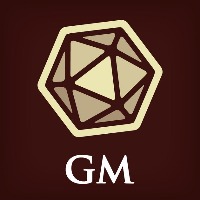As Mark G says, it depends is the best answer you're gonna get. Mapmaking is something that's up to the GM, and to a lesser extent to her players. If the GM has the time, the skill, and the tools to do, they can make incredible, detailed, beautiful maps for their games. On the other hand, there are GMs (and players) who prefer their games to use no maps at all; they will, at most, post up representative pictures to set the mood, or use the map portion of the gamescreen to post information about the game. But most people fall somewhere between the two. Sketching the maps out with Roll20's drawing tools is a perfectly valid way to go, and I've seen some really good examples of games run this way. I've also seen some really bad ones. The benefit to this is... actually there's several benefits, one of which is the ability to edit it on the fly. If you haven't drawn it yet, then it's easy to make changes! I personally tend to use pre-drawn maps, some my own and some found elsewhere. Then I modify them as desired in Roll20, adding details as needed... a fireplace in this room, a dirt path between these two buildings, a chicken on that treestump over there, whatever. I like this method because it's fairly easy to make minor changes; maybe I didn't know there was a chicken there until a player mentioned it. If so, I can just simply look up a chicken picture and plop it onto the map layer. The downside is that it's difficult (sometimes impossible) to find exactly the image in your head, and if you want to make major changes to the map you pretty much have to redo from start. Then there are those who go all-out, making incredibly intricate and detailed maps where everything is perfectly where it belongs. Those are gonna be the hardest to modify mid-game, for obvious reasons. My advice is to keep doing whatever you're doing, and stretch out from time to time with something different. The more practice you get, the faster and easier it will be to adjust your game while you play. Then find a style you like and work with it; you'll do fine if your players have any imagination at all! Besides, it's all about having fun, not making perfect maps. Unless that's your idea of fun! -Phnord



